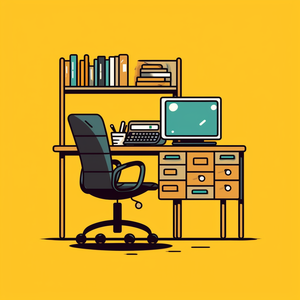When setting up an office, especially for startups or small businesses, every penny counts. Opting for second-hand office furniture can be a smart choice, allowing you to save money without sacrificing quality or comfort. However, like any other expenditure, it requires careful budgeting. Here's a guide on how to effectively budget for used office furniture.
Estimate Individual Item Costs
First, get an idea of the price range for different types of used office furniture. Here are some estimates based on the current market:
-
Office Chair: A premium used chair usually costs between £100 and £500. The cost depends on factors such as the brand, condition, and features like ergonomic design.
-
Desk: Used office desks can range from £75 to £450. The price varies depending on the material, size, design, and condition of the desk.
-
Underdesk Pedestal: This useful storage option typically costs between £50 and £100 in the second-hand market.
-
Office Cupboard: For additional storage, an office cupboard usually falls within the £100 to £150 price range when purchased used.
Remember that these are approximate figures. Prices can fluctuate based on various factors, including the seller's location and the overall demand in the used furniture market.
Calculate Overall Costs
Once you have an idea of the cost of individual items, list out all the furniture pieces you need and estimate the total cost. Remember to consider the number of employees and their specific needs. For instance, if you have a team of ten and each needs a chair, a desk, and an underdesk pedestal, you can calculate the potential cost range for these items.
Consider Additional Costs
Don't forget to account for additional costs such as:
-
Delivery and Installation: If these services aren't included in the furniture's price, you'll need to budget for them separately.
-
Maintenance and Repairs: Second-hand furniture may require some refurbishment or repairs. Consider setting aside a budget for potential maintenance costs.
-
Future Additions: As your business grows, you might need to add more furniture. Plan for this expansion in your budget.
Negotiate
One of the advantages of buying used furniture is the possibility of negotiating prices. Don't be shy about asking for discounts, especially if you're buying multiple items from the same seller.
Plan and Prioritize
Remember, the aim is to create a comfortable, efficient workspace without breaking the bank. Spend more on the items that will be used most frequently or that contribute significantly to employee comfort and productivity, like chairs and desks.
By following these guidelines, you can effectively budget for your used office furniture, creating a pleasant and functional workspace that supports your business's success. Check out our complete guide on used office furniture.

